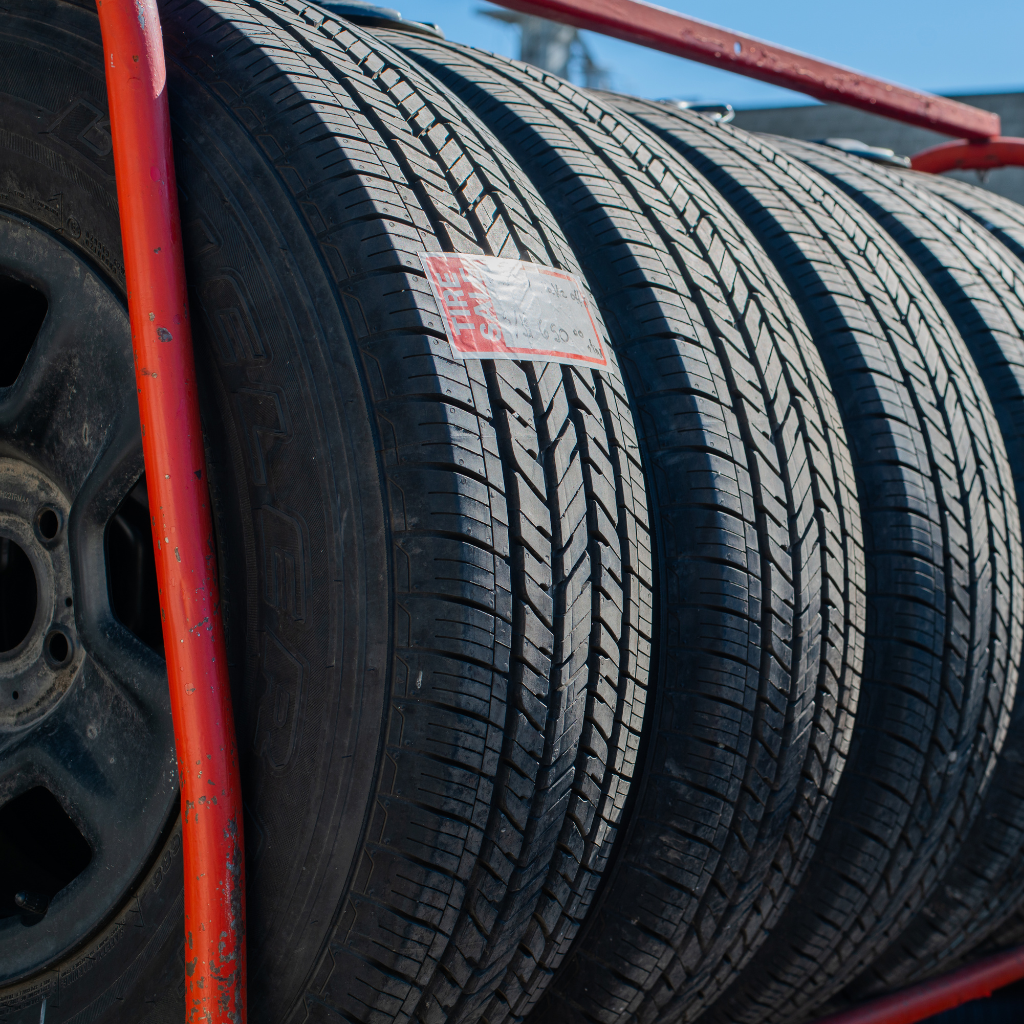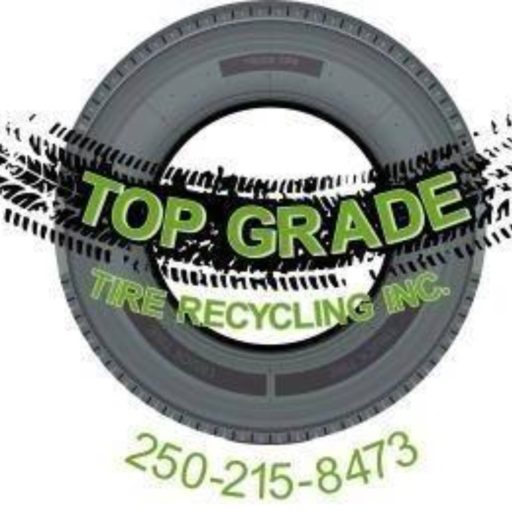Your tires are more than just rubber—they’re loaded with information. Each sidewall holds a set of numbers and codes that reveal your tire’s dimensions, capabilities, and even its birthday. Learning how to read a tire sidewall might seem intimidating at first, but once you break it down, it’s a skill every driver should have. It’s the difference between buying the right tire—or getting stuck with one that underperforms or wears out too soon. This guide from Top Grade Tire breaks it all down in a way that’s easy to understand, whether you’re a weekend warrior, a commercial driver, or just someone who wants to make smarter tire decisions. If you have any questions regarding the correct tire size for your vehicle, contact us directly.
What Tire Numbers Really Mean: A Quick Breakdown

Let’s start with the basics—what do tire numbers mean? You’ve probably seen something like this on the side of your tire:
P265/70R17 115T
Each part of this code serves a purpose. Here’s how to break it down:
P – Stands for “Passenger Vehicle.” You might also see “LT” for Light Truck.
265 – The tire width in millimetres, measured from sidewall to sidewall.
70 – This is the aspect ratio, which is the sidewall height as a percentage of the tire’s width.
R – Indicates the construction type, usually radial.
17 – The rim diameter in inches.
115 – The load index, which tells you how much weight the tire can carry.
T – The speed rating, indicating the max safe speed.
These figures give you an instant insight into the tire size number meaning and performance specs.
How to Read a Tire Sidewall Like a Pro
Once you know what to look for, reading tire specs on the sidewall becomes second nature. Besides the main alphanumeric code, sidewalls include other helpful markings:
- UTQG Ratings – Stands for Uniform Tire Quality Grading, showing treadwear, traction, and temperature resistance.
- M+S – Indicates the tire is rated for mud and snow.
- Maximum PSI – Shows the max air pressure the tire can safely handle.
- Country of Manufacture – You’ll often find a “Made in…” stamp.
Understanding how to read tire size and other specs can help you match the tire to your driving needs—whether you’re towing, off-roading, or commuting daily.
Don’t forget that tire size reading and spec accuracy matter when you’re upgrading, replacing, or rotating tires. Using the wrong size can affect handling, braking, and fuel efficiency.
Understanding Tire Size and Measurements

If you’ve ever Googled “how do you measure a tire size” you’re not alone. At first glance, the numbers and letters on a tire’s sidewall can look like random code. But once you understand the logic behind them, it all starts to make sense.
When reading tire measurements, here’s what to pay attention to:
- Section Width – This is the measurement (in millimetres) from one sidewall to the other. It tells you how wide your tire is across the tread.
- Sidewall Height – This is determined by the aspect ratio, which is expressed as a percentage of the section width. For example, a 70 aspect ratio means the sidewall height is 70% of the tire’s width.
- Overall Diameter – This refers to the full height of the tire from the ground to the top of the tread. It affects things like ground clearance and speedometer accuracy.
- Circumference – This is the distance around the tire, which influences how many revolutions the tire makes per mile or kilometre—important for gear ratios and fuel economy.
This isn’t just technical trivia, understanding tire size plays a key role in vehicle safety and performance. Installing tires with incorrect dimensions can throw off your speedometer, mess with traction control systems, and even cause rubbing issues with fenders or suspension parts. It can also affect handling and braking responsiveness.
Whether you’re considering upsizing your tires for an aggressive look or downsizing for better winter traction, it’s crucial to know how each measurement impacts your vehicle.
At Top Grade Tire, we recommend consulting a trusted tire specs guide or speaking with our experts before making any changes. We’ll help you decode the numbers and make sure your tire upgrade works in your favour—not against you.
How to Tell the Age of a Tire Using DOT Codes
Tires have a shelf life—and knowing how to know tire age is crucial for safety. Whether you’re buying new or used, the DOT tire codes give you the info you need.
Look for a code starting with “DOT” followed by letters and numbers. The last four digits tell you when the tire was made:
- First Two Digits – Week of manufacture
- Last Two Digits – Year of manufacture
Example: DOT 1A23 3319 means the tire was made in the 33rd week of 2019.
So if you’re wondering how to tell age of tire, just check that DOT stamp. Tires older than 6–10 years should be replaced, even if they look fine. Rubber degrades over time, and age-related tire failures are no joke.
Tire dot meaning goes beyond just age—it can also include plant codes, batch numbers, and safety recalls. So take the time to check it.
Tire Size vs. Tire Specs: What Each Number Tells You

There’s often confusion between tire size and tire specs—but both matter, and understanding the difference can help you choose the right tire for your driving needs.
Tire Size Includes:
- Width – Measured in millimetres from sidewall to sidewall.
- Aspect Ratio – The height of the sidewall as a percentage of the width.
- Rim Diameter – The size of the wheel the tire is designed to fit, in inches.
These measurements are essential for ensuring a proper fit on your vehicle. A mismatch here can affect everything from ride comfort to handling and even fuel economy.
Tire Specs Include:
- Load Index – Indicates how much weight the tire can safely carry at max pressure.
- Speed Rating – Tells you the maximum speed the tire can handle under load.
- Traction, Temperature, and Treadwear Scores – Part of the UTQG rating, these help you gauge grip, heat resistance, and expected tire lifespan.
- Intended Use – Designations like “All-Season,” “Winter,” or “Mud-Terrain” show where and how the tire performs best.
Whether you’re reading the tire size for a straightforward replacement or digging into tire specs for performance tuning, it all starts with knowing where to look and how to interpret what you see.
Understanding the meaning of numbers on tires isn’t just about technical knowledge—it’s about choosing the safest, most cost-effective, and best-performing tire for your lifestyle. At Top Grade Tire, we’re here to help you make that decision with confidence.
Final Thoughts: Why Tire Knowledge Pays Off
At Top Grade Tire, we’re here to make tire education easy. Whether you’re browsing for new tire sizes, checking your tire dot date, or trying to figure out the best tread for your terrain—we’ve got your back.
Visit us at topgradetire.com or drop by the shop for expert advice and top-quality tire options.

